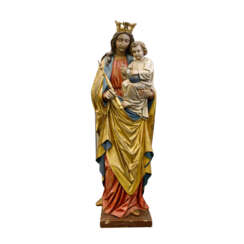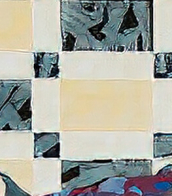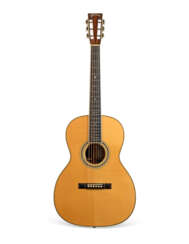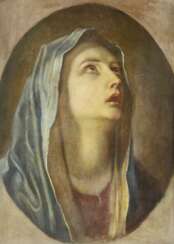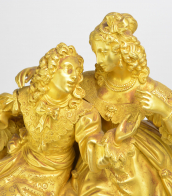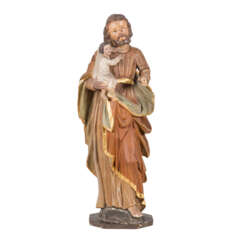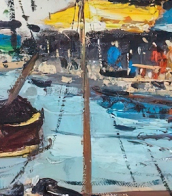nazare

Bartolomeo Nazari was an Italian painter and printmaker of the academic Venetian Baroque school. He studied painting with Angelo Trevisani and later became assistant to Francesco Trevisani and Benedetto Luti.
Bartolomeo Nadzari was a famous portrait painter of his time. He produced numerous pictorial works depicting prominent figures, among them Canaletto, Francesco Correra, Cardinal Vincenzo Querini, the procurators Alvise Mocenigo, Nicolo Veniera, Zaccaria Canal and Lorenzo Morosini. Particularly famous is the life-size equestrian portrait of Marshal Johann Matthias von der Schulenburg. In 1744 Nadzari was in Frankfurt where he painted a portrait of Emperor Charles VII.


Bartolomeo Nazari was an Italian painter and printmaker of the academic Venetian Baroque school. He studied painting with Angelo Trevisani and later became assistant to Francesco Trevisani and Benedetto Luti.
Bartolomeo Nadzari was a famous portrait painter of his time. He produced numerous pictorial works depicting prominent figures, among them Canaletto, Francesco Correra, Cardinal Vincenzo Querini, the procurators Alvise Mocenigo, Nicolo Veniera, Zaccaria Canal and Lorenzo Morosini. Particularly famous is the life-size equestrian portrait of Marshal Johann Matthias von der Schulenburg. In 1744 Nadzari was in Frankfurt where he painted a portrait of Emperor Charles VII.




Giovanni Vincenzo Petrini was an Italian priest and theologian, philosopher, mathematician, and expert in mineralogy.
Along with Scipio Breislacus, Petrini was one of the founders of Italian volcanology. He taught philosophy and mathematics, theology, but specialized in mineralogy and created the Mineralogical Cabinet in Nazareth. This museum was famous in Europe and was visited, among others, by Emperor Joseph II, who gave him rare specimens from the lands of the Empire and especially from Hungary.
Giovanni Petrini was the author of the catalog Gabinetto mineralogico del Collegio Nazareno ("The Mineralogical Cabinet of the Nazarene Collegium, described by external features and distributed by component parts" (Rome, 1791-1792). The specimens in it are classified according to a standard structure: salts, earths, bitumens, combustibles, and metals. There is also a section on gemstones.










